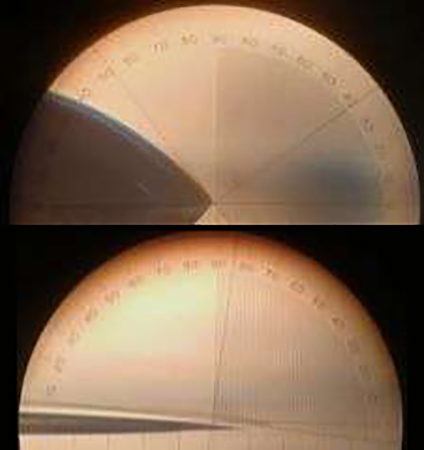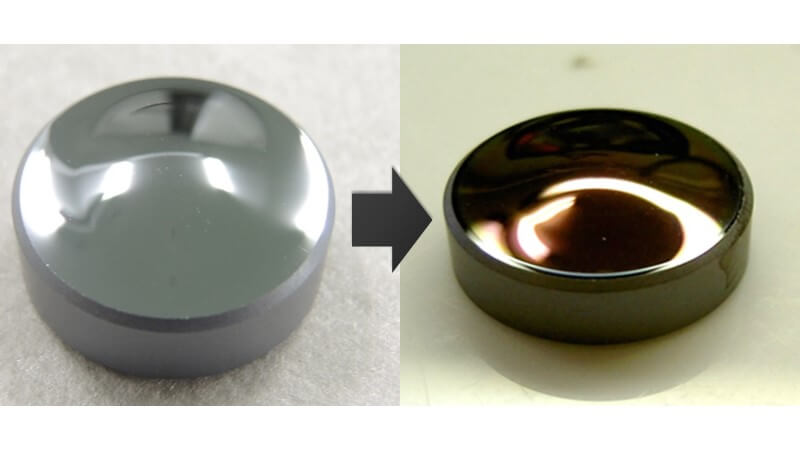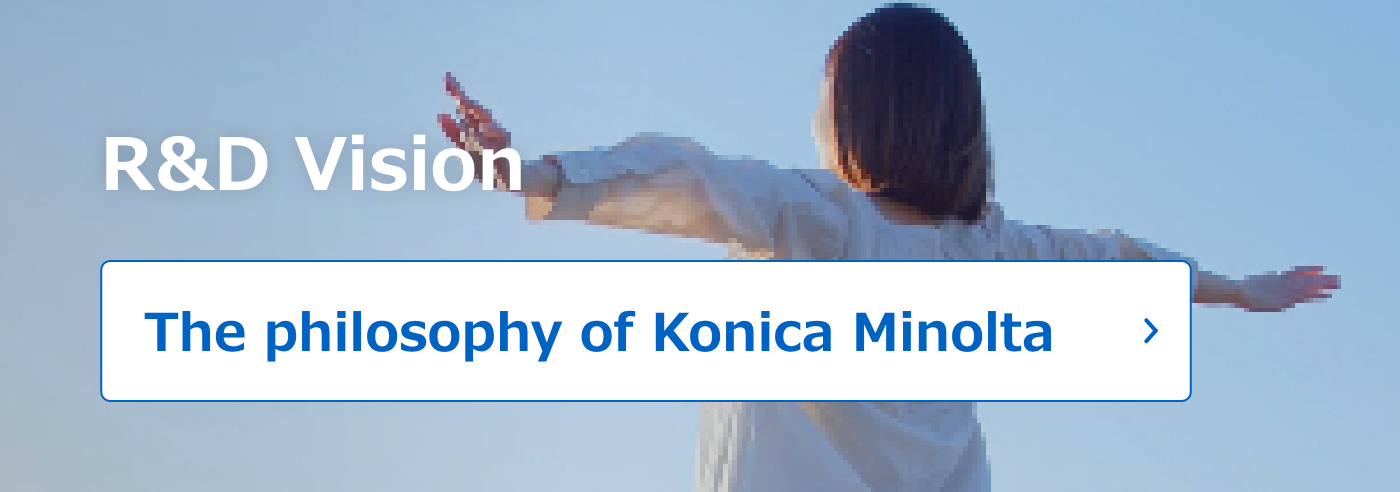Super-hydrophobic coating technology
Providing highly durable hydrophobic properties by forming a rough nanostructure by etching
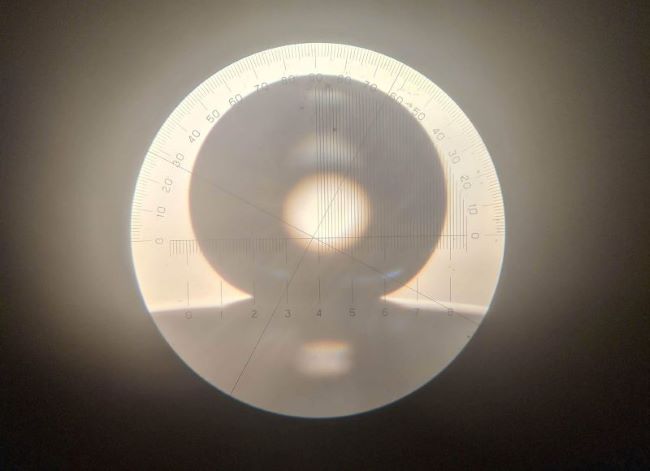
\Our expert team handles inquiries
on technical partnerships and joint research./
Super hydrophobic coating for a clear view
In recent years, sensing, driver assistance, and monitoring cameras have become widely used for automated driving. Along with this trend, super hydrophobic coatings to keep a clear view in the rain have become crucial. The super-hydrophobicity of lotus leaves is known to be due to the formation of a rough microstructure on the surface (the “lotus effect”). However, this rough microstructure is not resistant to abrasion. Similarly, the application type of super-hydrophobic materials faced problems in terms of abrasion resistance. To resolve these issues, we decided to form a rugged nanostructure by etching hard inorganic substances instead of applying a material. Abrasion resistance has been improved significantly by employing a two-tier structure and maintaining strength. This ensures a clear view unaffected by rain droplets.
Technology Overview
Invisible rugged nanostructure are formed on a lens surface by etching SiO2. In general, exposure technology is used to form an etching mask. The product uses a silver self-organizing mask. This has eliminated the exposure processes to each lenses, and made it possible to form a mask even on curved surfaces such as lenses. We design rugged patterns that are hard to break and that retain their super-hydrophobicity by adjusting the depth, width, size, and shape of the rugged nanostructures.
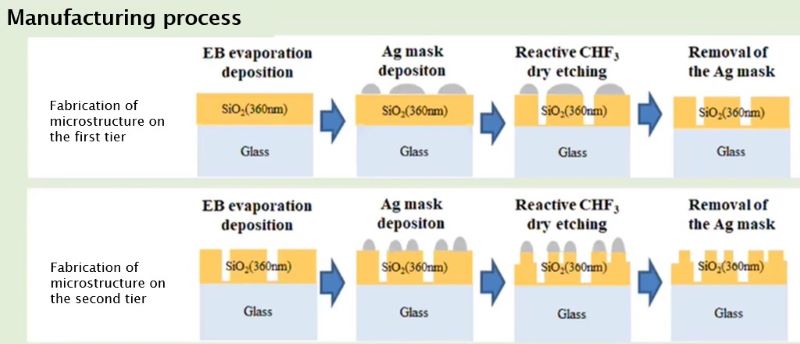
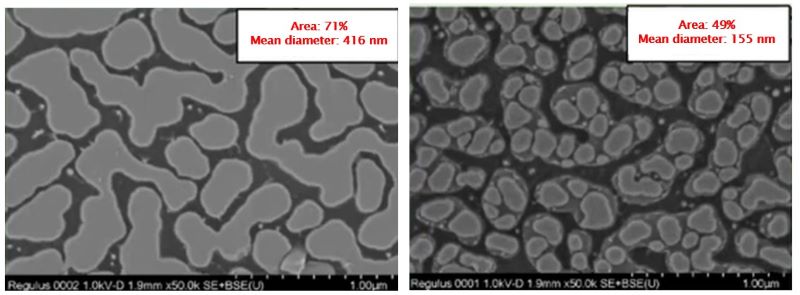
High abrasion resistance has been achieved by the etched two-tier structure.
Hydrophobicity is maintained after an abrasion test (2,000 times at 250 g/cm2).
A water droplet repelled on a coated lens.
Category to which this technology applies
(click to see a list of technologies in that category)
\Our expert team handles inquiries
on technical partnerships and joint research./

